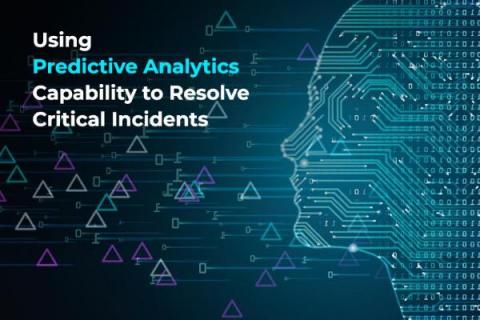A vital alerting solution
This article should give you a first idea of what SIGNL4 does. What do IT security, production monitoring and technical field service have in common? In all these scenarios, the right people need to get notified immediately – in case of technical malfunctions, urgent maintenance orders or emergencies, all in order to solve any incident quickly and efficiently.










